The Glorious Glow
of the Sangre de Cristo I
Nevada State Journal, December 17, 1922
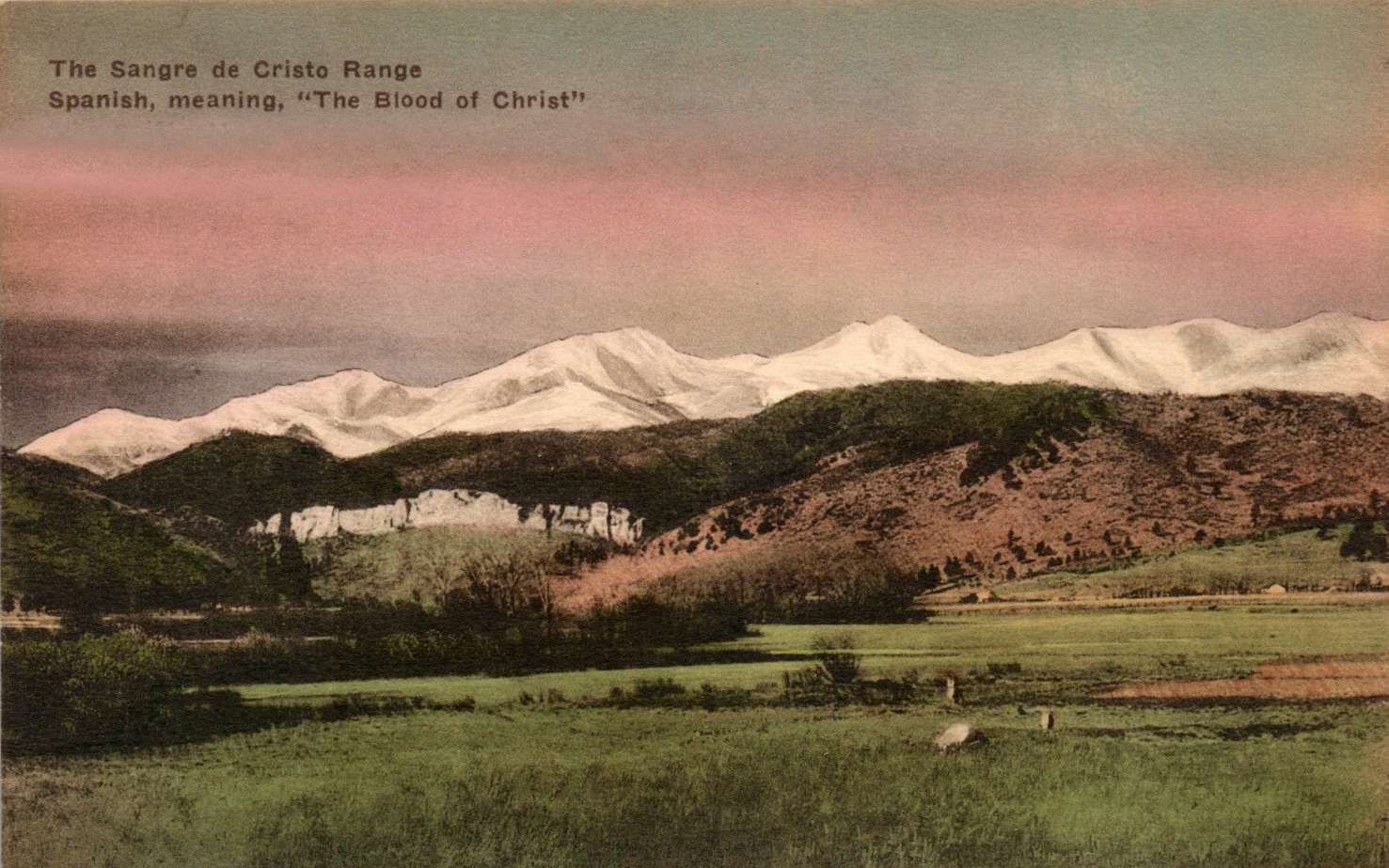
Jack Bell Describes Beauties of Nature So Near at Hand
to the Resident of Reno; Wingfield Park is Place of Real Charm
Unequalled Anywhere, He Declares
Gorgeous beyond compare, incomparable in the many-hued shades and the changes of awesome beauty, uncannily weird,
majestically beautiful in coloring, of such magnificence and wonderful glow that it holds one spellbound and stuns
the senses while the reds, with indescribable loveliness, spread over the sky, the earth and all therein, is - that
glorious luminescence - the Sangre de Cristo glow. On two occasions last summer, this inexplainable phenomenon
appeared over the Sierra Nevada mountains, and was best viewed from Inspiration Point at George Wingfield park.
It was the first time of any known record that this soul-satisfying view has been had over the Sierras. The name,
Sangre de Christo glow, comes from the Sangre de Christo mountains situate in mid-center Colorado, famous the
world over for their grand peaks, numbering almost a thousand. In altitudes from 12,000 up to over 14,000 feet,
and which cut through that state for a distance of 100 miles - the wonder scenic range of mountains
in the entire universe.
Spaniards Saw It First
It was when the early Spaniards were exploring the primal southwest for riches. The caravan came up from Mexico,
suffering untold hardships. Soldiers, slaves and the soldiers of fortune composed the party. On and on they toiled
through the deserts and over the mountain passes, and some time in the late fall they arrived in the Wet Mountain
valley. They made camp in the late afternoon on the far east side of the valley, on what is now known as Silver creek.
Miles above, and parallel with the range, was the vapor, for all the world like the handiwork of giant artisans,
the clouds lying over the skyline of picket fence-like peaks that stood out in relief against the heavens.
The peculiar layer upon layer of lace-like, film-like covering, seemed to be of the thickness of a few hundred feet.
Compact, with the edges studded with the heavier, denser scale-looking moisture of white, and not another single cloud
in the immensity of the molybdenum blue sky. As the sun drops down behind the Cochetopa hills, the clouds turn into
leaden grey for the fraction of a minute.
Faint Fire Color First
Then, along the western edge of the great capping of clouds, appears a faint, fire-like color. It begins to rise and
waver as the sun sinks deeper into the horizon. Now the glow of the Sangre de Cristo begins to creep across the barrier
of clouds in the high ether. The living bloodred spreads and billows across the background of clouds in parallel rays
for the entire length. Perfectly timed, perfectly spaced they appear as they run across nature's screen. The red of
blood, in its passage through the background of lesser red haze, the blue of the sky above glows and hues upon the
earth and all, while upon the landscape, the weaving, changing colors multiply and make distorted changes, as
the lights fade and magnify in their extreme vividness. The mountain streams appear as molten running metal,
the trees, upon each leaf the red glow shines, tracing each and every little detail of all living and inanimate
things upon the terrain. The effects
are ghostly and unreal. The birds of the air and the beasts of the field remain immobile with the passing of the
glow - all is stilled with the quiet of a world house of worship.
The tired Spanish grandees, soldiers and slaves gathered about their fires as the eventide approached. The sun dropped
behind the range of mountains - the chill of October was in the air. They wrapped their capes and blankets closely
about them, preparatory to much needed rest.
Sight Awes Spaniards
With electrifying suddenness, the lights of blood red in the corrogations began to flash under and in the clouds.
The Spaniards cast themselves upon their knees, crossed themselves and looked upon the marvelous scene staged by the
creator of all things. With muttered prayer they humbled themselves, and watched with superstitious awe and,
breathlessly, with outspoken fervor and loud pleadings, asked to be forgiven their sins - to be saved from destruction.
"It is the sign - the sign of Sangre de Cristo," they cried.
Then one of their number cried out in agonized tones of fright and, with the red, blood-red glow casting itself
over and round him, he pointed into the northwest and there, standing forth in the majesty of perfection with
the glow waxing strong and growing dim, stood the perfect outline of a perfect crucifix, and when the light faded
in intense tone, the dark lines of the perfect cross stood out in white relief, the snow in the breaks of formation
being filled with white, the red halo covering and quivering over the whole. This is the present Mount of the
Holy Cross, up the Continental divide.
As the sun sank lower and lower, the blood reds were replaced by cinnabar red, and on and on through the variations
of red colors. Soon the edges of the miles of broad, parallel rays that were in eivdence through the clouds begin
to fade. Now the edges of the bars become darker and darker as the leaden colors of the night meet and dissipate
the glows and multi-reds. Night falls with desert suddenness. The mist that hung over the range dissipates, the
white stars gleam and sparkle, the night birds wend their various ways, in the beyond the coyote yelps his weird
taps to the departing day, and the stillness is only broken by the animal prowlers of the night. The reveille
appeared with the glory of a desert-mountain morning. The Spaniards and their train, at first peep of day,
looked in vain for some indication of the thrilling, unheard of display of the night before.
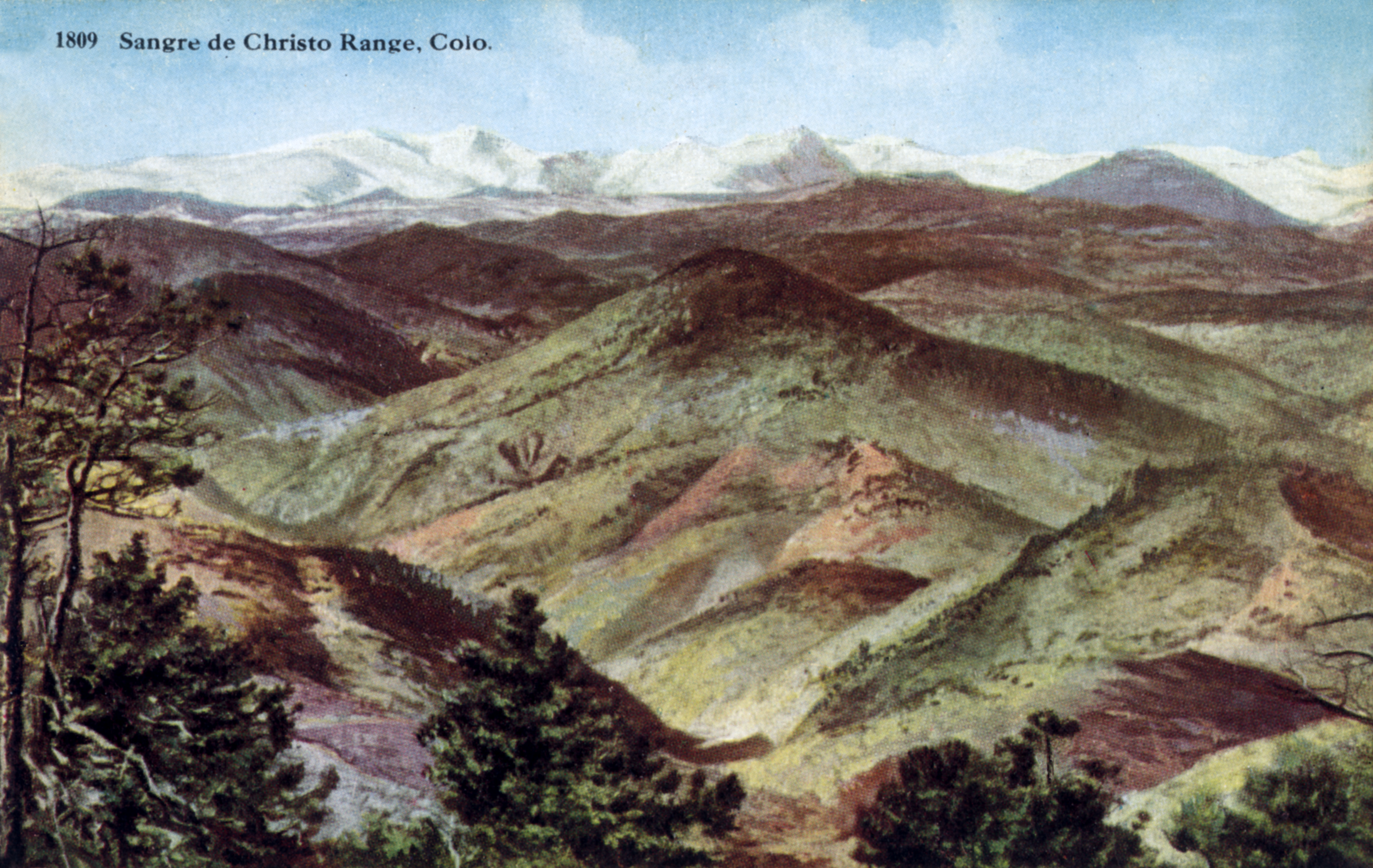
Take Sign as Warning
The legends handed down by the Indian sages of the southwest tribes of Indians seem to bear out the fact that
this party of fortune seekers turned back the morning after this display of nature - their argument, so the
tale recites, being that the "Sign of the Sangre de Cristo" was a warning to return from whence they came. As a
matter of fact, there appears no work of mining done by the Spaniards in this vicinity, or further north than
Rita Alta peak.
Briefly, the cause of this phenomenon is the inverted corpuscles in the air when clouds attain a certain height,
and lie directly over the mountain range - but the sight is rare, as has been told. The lights last from two to
three minutes.
Seated in comfort and ideal surroundings at Inspiration Point in Wingfield park in the early eventide of spring,
summer and fall, the point of the island wedge that drives up and into the dammed waters of the Truckee river,
one is transported into the realm of dreamy, pleasant reverie. Inspiration Point divides the fast flowing stream
into two equal parts. There is music in the fall of the water over the concrete barriers, as the waters rush down
below the artistic bridges that span the flows.
Looking westward from Inspiration Point, surrounded by wonderful trees, green lawns and the many flowering bush and
flowers - it is ideal for rest and recreation.
Trout Leap and Strike
In the waters of the dam, the leaping, jumping, striking, silver circles of the golden and scarlet trout, the
broad, rippling surface of the Truckee river rushes by in crystal, swirling song. Borders of the feathered
willows, the stately cottonwood, dignified maples, graded emerald green banks slope down to meet the water
in perfect accord.
Flowers and flowering vines of almost every known mountain variety grow in profusion, and the shores are hedged
with lovely wild rose. In the distant prospective are the snow-capped, towering peaks of the Sierra Nevada
mountains, that pierce the robin egg blue of the sky in the distant foreground. It is so peaceful, so very
soul-satisfying, that all the love of nature instincts inherent in every human are moved to enthusiasm by
this grand picture.
This park is situated less than five minutes from the busy thoroughfares and homes of Reno.
Desolate Place Transformed
From a jungle of briars, a tangled mass of river debris of a few years ago, this former desolate place has
been made into a wonderland of beauty by the master hand of Landscape Gardener Reeves. He has, in a few short
months, transformed an oasis, absolutely worthless, into the most artistic natural park in the country. No other
park in the world ever had nature's unqualified assistance in the making of a beauty place such as this.
During the past season more trout, and of every known variety, have been taken to fly and bait by wading than
upon any other stream in the country.
The fact to be emphasized is the realization that this national sport is at its best in the very heart of the
business and residence center of the city of Reno. In and about the island park, more good fish and larger numbers of
trout have been caught than in all the combined streams of the mountains distant, and far from the trail of passing
automobiles.
Reno is the only city in the United States where wading sportsmen can get their fill of this grand sport in the
heart of the whirl and bustle and noise of passings of all kinds of traffic, in absolutely city central location
and in the door-yards of the select residence district of the city.
On the banks of the Truckee, the sidelines of the park are situate. Towering trees of natural primal growth,
lawns and flowers on every hand. Equipped playgrounds that are second to none. Tennis courts and all, also, that
go for the pleasure and recreation of the public.
Popular Spots
Between the Virginia street bridge, the main business artery, and the electric lighted bridge one mile up the
river are the popular promenades. Following the shores on the south bank of the stream is Lovers' Lane. The broad
trail lies at the base of the high gravel mesa. A perfectly beautiful foliage borders both side of the walk. In many
places the spreading willows are entwined overhead and, for the entire distance, shade is assured. In the space between
the river and the path flowers bloom in season, and along both sides are the solid rows of wild roses. The trees stand
straight and are full-limbed and graceful. In varying distances are the comfortable benches and several covered
summer houses builded with the steps leading down into the stream.
On the north shore is Riverside drive. It follows the stream in all its graceful bends. This drive is lined with
magnificent trees in lovely, equal distribution, so that the walk between river and drive is invariably cool and
shady in mid-summer.
It is along this stretch of water that the premier fishing is to be had. During the season it is very ordinary
to count hundreds of men, women and children busily engaged in this fascinating sport in the evenings.
Many Rainbow Taken
Many were the large rainbow taken from this paradise for anglers this past summer. Rainbow weighing as heavy as
six and a quarter pounds were captured on bait. A great number from three to four pounds were caught by anglers
with very light fly tackle, and with flies as small as No. 18. Two miles above the city, one four-pound fish was
captured on very light tackle and a No. 12 Beaverkill fly.
Within the confines of George Winfield park one zealous angler took over 1400 legal size trout of all varieties
on the Midge flies during the season.
On no other stream in the world can be found the grand sport, the wonderful surroundings and the conveniences as
this quarter of a mile in and about this park affords.
Within a fifteen-minute ride in an automobile, hunting grounds can be easily reached where every known specie of
water fowl and bird abounds. They come in incredible numbers over the marshes, canals and little ponds south and
east of the city limits. The season is at its height and, now in mid-December, hunters are returning with their
limit of 25 ducks and geese. During the hunting season, limit bags of sage hen and quail of the diffeent varieties
were bagged in a short motoring distance from the center of town. During the open season for deer, magnificent
specimens weighing up to 240 pounds dressed weight have been hung in front of restaurants.
Pyramid Lake
Then a drive of 10 miles brings one to Pyramid lake - a most wonderful body of water 40 miles long - with the
pelican rookery, Indian villages, and the caves that housed the races long extinct. The fishing in Pyramid is
without peer anywhere for lake trout. A 30-pound specimen does not even create a ripple of excitement among the
ardent trollers. The catch this past season was a record one. Same story as of the skilled anglers who had such
success within the city of Reno. Antelope in numbers can be seen within a few hours' drive; the timber wolf, the
coyote, bobcat and bear - in the foothills to the west, among the hog backs of the Sierras, where the fishing on
the Truckee is of the best. Deer can be seen almost any day as they come for water, and cross the turbulent
Truckee.
Last spring the flood waters came down from the hills for nine weeks. This gave the fish in the lower reaches,
from Pyramid lake up, their first chance in several years to distribute and spawn along the Truckee and its feeders.
This is the answer to the record catches of last season.
As a matter of course, Reno has its enthusiastic anglers and fishermen and disciples of this grand sport in
great numbers. An hour's ride up into the Sierras brings one to the Little Truckee. This crystal clear stream
runs through the great meadows for miles and miles, its source being the small lakes, Independence and Webber,
that lie near the crest of the Sierra mountains. The forest reserves come down from the rolling mountains and
join with the willow and buck brush fringes of the meadows that are covered with blue joint and other forage
grasses. Rather strange, this pastoral country, covered in season with hundreds of ranging cattle, being situated
as it is in the altitudes of this great high mountain range.
Mosquitos Prevalent
However, during mid-summer the mosquito pest makes life burdensome, particularly for the angler, who must wear
gloves and head net for protection. Woe be unto them that remain over night in this section without proper
provision. When the first frost arrives in early September the pest is gone and the enjoyment of wild and
rugged lowland-like surroundings can be had far, far from human habitation.
The main stream of the Truckee, in and near Verdi, is most perfect from an angler's point of view. Milltail
swift riffles, riffles into deep, dark pools, the big rocks with the water gushing and swirling about them in
the rapids that enter the broad, pond-like areas - and Mister Angler and Mister Layman, when, after many casts,
shooting them out 75 and 80 feet, with the tapered line and tapered leader, with a No. 18 fly, and strike a
one-pound rainbow - you have a fight on your hands that will live in your memory for many a day.
Wrang! he strikes and goes straight down stream on a perfect tangent for a hundred feet. The 5-ounce rod becomes
almost a circle, the line becomes drawn taut as a bow-string and the fish leaps from the water far below, in a
leap which shakes his entire body in an effort to break the tiny hold of the lure. Back he comes up stream as
straight as an arrow's flight. The water boils as the glistening silver and gold perfect beauty leaps from the
stream every few feet. The angler is a busy person rapidly grinding his single action reel under the keen
excitement of the game that would be a revelation to those unfamiliar with the sport.
Not Always Landed
When the fish seems under control - "he aint." He starts again with the same wonderful speed and flight, but
changes his tactics after seeing the motions of the rod and man. He will dive deep down into a pool and lie
for an instant 'under' a rock, then as the tautness of the line begins to draw he will start again for the
surface and, with graceful, beautiful leaps in half circles, break water time and time again. Then away he goes
down stream again, with all his strength reserved for his last try for freedom. The resistance of the line as
he takes 30 yards begins to tell and, in a few minutes, he can be brought closer in. Reeling in closely, he moves
with the tired action of any other living thing. A move, a slack line for a fraction of a second, and he will
certainly free himself and go back to his home in the deep. When he has played the many, many tricks for freedom,
and comes in tired out but not licked, the fisherman will have to exercise every care with these unusually game
Truckee river rainbows.
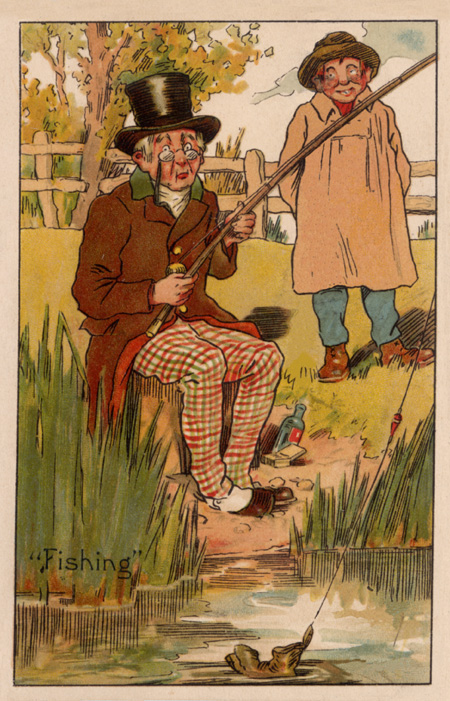
The wader usually steers the prize toward the shore and steps behind him. Then, stooping, inserts the finger in
the gill and takes him
to safety. Then the real old-fashioned angler, with every detail for table food, will immediately dress the fish,
wrap it up in a fair
boiled muslin, each fish separately - then the real essence of the trout, the delicacy of flavor, will be a
delight to the epicurean.
River Rises in Lake
The Truckee river rises in Lake Tahoe and follows down through the rugged Sierras, through the foothills,
the Truckee Meadows, and
follows the great canons through the east spurs of mountains, and empties into Pyramid lake, Pyramid lake having no visible outlet.
The stream is over a hundred miles in length. The Little Truckee is the largest feeder, and the confluence is at Boca, up-river
from Reno 25 miles. There are numerous smaller creeks that head up into the hills that furnish the ice-cold water for the
purification of the stream. There are many power plants distributed equidistant along the flow until Reno is reached. Truck
gardens, orchards and ranches line the river for 25 miles after its egress from the canons of the Sierras.
Twenty miles further down stream, a saw mill with log roads leading miles back into the hills, and with a great log pond where
the bark is skinned from the logs before they go to the mill, is another pollution that, like the paper mill, dumps its bark
peelings into the river along about 3 o'clock every working day. Just above Reno, a matter of a couple of miles, gravel
washers dump their silt into the stream and for, the greater part of the day, this destructive silt floats down into the city,
leaving a dirty gray streak covering half of the river's flow, and taking away from the stream that beauty which creates so
much enjoyment for the public at large.
Used for Sewage
Below Reno, in the very front door, there is sewerage of the city emptying into the noble river. Every garage in the city
empties its waste of oil and grease into the stream. Still further down, a great corporation turns loose all its motive oil
debris. The waters below the city are useless for irrigating and, of course, impossible for domestic uses, and what few
fish live in this vicinity are not fit for anything but fertilizer.
A much-needed fish ladder has been installed at what is known as the Indian dam, a barrier heretofore that fish could not
navigate, on account of the sand bars and low water.
However, various organizations now have zealously raised funds to stock the stream with fry and fingerlings - a case of
getting the cart before the horse. It is a well-known fact that transplanted fry and fingerlings have not much chance
of reaching maturity when raised and hand-fed and given no opportunity for natural environment. This stream cleared up,
and cleaned up, and kept clean, would, in the short period of three years, yield naturally spawned fish during the spring
run, and would certainly provide such sport obtained on no other stream in the world.
A few years ago some scientifically inclined person came to the conclusion that the Truckee river would be an ideal
stream to liberate crawfish in. The net result today is that this scavenger has absolutely depleted the river of the
helgamite, which transforms into the June bug, and every other specie and kind of water insect that deposits its spawn
on, and under, the rocks. The river is polluted with this objectionable creature. They have already spread for miles up river.
June Bug Game
In Reno, where a few years ago the willows along the shores were literally alive with the June bug, the popular bait for
trout, there is no sign now, and has not been for several years. The crawfish has taken away this natural food entirely.
Today there are no clouds to rise when one breaks through the willows and brushes along the stream - matter of fact.
There are but few flies of the water hatch ever seen until they appear upon schedule up river 15 miles away. The trout
will feed on the crawfish when he sheds and becomes jelly-like, but this period only lasts a week or 10 days, then the hard
shell appears, and the only enemy of the crawfish is the mink and the raccoon, the larger water birds - crane, heron, kingfisher
and fish hawk. The crawfish is a scavenger, pure and simple.
The season for trout opens here April 16 and closes October 1. There is another thing that obtains in the trout varieties
that teem in the Truckee river. All last season, for some unknown reason, the trout rose invariably to the dark and dull
colored flies. The old staple, the Gunnison river case, took the good fish - Wickham's Fancy on tail, Ginger Quill, and
Blue Quill, varied with Flight's Fancy, Beaverkill, Red Ant, Brown Ant, Red Spinner, Golden Spinner, Grey and Brown hackles,
and Palmer's colored and peacock. There were very few fish taken on the old casts comprising the Coachman and Royal
Coachman, White Millers, etc. The Professor in varied colors took some fish, but not many.
The anglers generally used the staple No. 12s, although a great many sportsmen preferred the small numbers, 14s, 16s and 18s.
All of the flies being dry. The real artist uses but one of these tiny flies to a seven and a half-foot tapered leader.
Salmon Eggs Used
The bait fishermen usually stick to the "garden hackle" (earth worms), although in the early part of the season, salmon eggs
are used with success, the Nevada law permitting this killing lure, it being the delicacy that trout so ravenously feed
upon during the spawning season.
Two and three eggs are used on a No. 3 and No. 4 sproat hook. A two-foot shell of heavy gut is weighted with six to eight
buckshot and a hard-braided, non-kinkable line is used. The unsportsmanship automatic reel is often employed, with a
Stever bait rod, three joints, split bamboo, fitted with half-inch tungsten rings. A large cork hangs above the snell.
The cast is made by the short swing method from the 10-foot bamboo. The cast generally goes way out mid-stream with a
chug and a splash. When the float seems to sag under a bit, the fisherman will make a heave and the noise of the heavy line,
float and cast with the struggling fish can be heard for a quarter of a mile, as the fisherman hauls in, hand over hand, the
catch. Ordinarily this practice is confined to what is termed "market fishermen," the few that ply their trade in direct
violation of the law. They seem to be a difficult class to apprehend with enough evidence to make arrests. However a
new measure is in the making that will be presented to the incoming legislature, that will be so drastic in its application
that will forever eliminate this class of offenders.
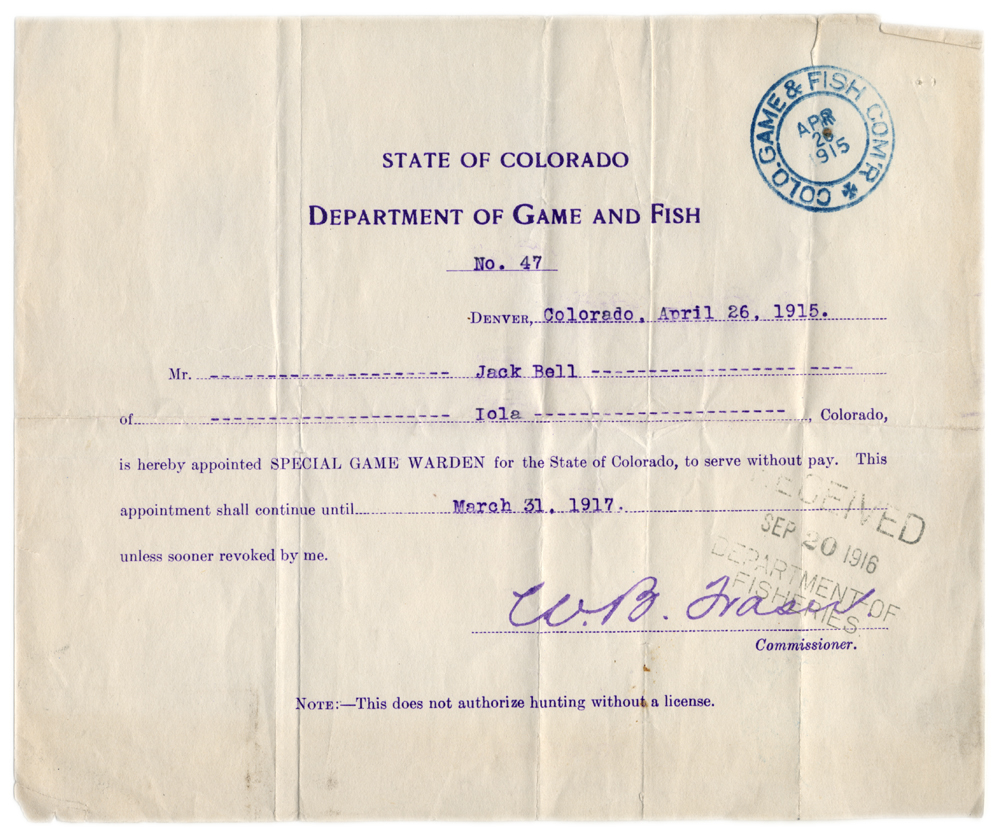
Special Game Warden
The square bait fisherman confines his sport to the Isaac Walton practices. A high-grade bait rod from nine and a half to
10 feet, single action reel, best of level line, generally silk and waterproofed, split bamboos and Steele Vine, weighing from
six to eight ounces. The regulation casting of bait is most popular. The leaders are generally six feet, with medium gut,
and one or two sinkers are fastened 10 inches above the hook. The garden hackles, spawn, grasshoppers, and helgamites are the
staple bait. Formerly the June bug was the most sought for and most successful decoy for the big fish.
Spinners Are Popular
In another group of sportsmen are those that stand by the spinners. There are worlds of colors, sizes and shapes
of this universally used bait, or lure. The sizes employed on the Truckee are very small, sizes 9 and 99, with
treble hooks, No. 12s seeming to be the standard. Silver, copper, brass, varigated red and blue are seen most.
The rod is of high-grade bamboo, three joints and about the same as that used by the square bait fisherman. There
seems to be a growing preference for a No. 4 blade and No. 5 Sproat hook single, and gaited with an Ingle worm.
The six-foot leader, with and without sinkers, and the best of level lines are used.
The telling of one of the thousands of incidents that happen on the Truckee among the anglers would not be amiss.
Toward the close of the season, Henry Brown, a past master of the dry fly game; Charles Stever, Doc Lind, Dick Ritchie
and a disciple, Dick Bradbrook, drove to Rainbow canon, up river seven miles, for the afternoon and evening sport.
This is the roughest, most difficult ground to negotiate on the river. Mammoth boulders are everwhere and the walls
of the deep gorge go straight up from the stream. Almost impassable are the growths of tangled masses that come
down to the water's edge. The rocks are smooth and polished. It requires perfect balance, the perfect balance of a
rope-walker, to make headway and keep a foothold, without a bad fall. The water is swift beyond description, and the
surroundings are dangerous for the layman. The fishing is of the best and there are two miles of this beautiful water.
Brown Gets Strike
The party scattered along the canon, each one to his favorite stretch of water. Brown shot a cast out into the water
behind a boulder where the rapids from a short falls entered a deep pool. The No. 14 fly did not have time to settle
on its fluttering descent when a whale of a rainbow rose from out the rough riffles and, with all the wickedness of this
breed, struck. Whang! The taped line straightened out like a violin string, the handle of the reel was a circle of
light. Just a halo, the click of the reel was the whir of an angry rattler - he was gone in the flash of a flow fly.
Brown looked anxiously from his vantage point close in along the shore. There were but two turns upon the spool - he
thumbed the chime, heeled his 5-ounce rod, to try and turn the fish - spang! The leader parted under the weight of
the big fish, and the line snapped back like rubber, and the disappointed angler stood stiff and silent for a fraction
of a moment. "Go it, you, you pretty little fish." He didn't exactly use that expression, but that will do for print.
Right above Brown the disciple hooked a fat one.
"Hey, Brownie, I got a nice one."
"Go to it," answered the disgusted, disappointed angler, as he swore at a refractory leader he was busily engaged in
untangling and endeavoring to straighten out.
"But I want you to teach me how to play and land him."
"Oh, hell, just wind him in and climb your rod and take him off," replied the aggrieved Brown.
River Alive With Fish
A half hour before sundown the fish begin to feed. The water was seemingly alive everwhere, and the
crowd enjoying to the fullest extent their battles with the Rainbow, Loch Leven and Eastern brook.
The nighthawks and bats joined in the mealtime carnival. The sun, as it neared the rim of the high Sierras,
looked like a colossal, old-fashioned oil headlight on a locomotive. Then from above, as the dull steel
colors descended upon the dissipating colors of the gorge, there was a splash, as of a log being thrown
into the water, then a thrashing, foundering, gurgling noise, something similar to a deer fording the
stream. From places of vantage the members of the party took a look - friend Stever was in the
position of a breast stroke swimmer, in deep water; he was grabbing here and there, the basket lid was
open, and all about him were his paraphenalia - leader box, fly hook, extras, licenses; he swan about
and recovered his property. As he crawled out and essayed a footing on a rock he again slipped,
grabbing at the polished surface of the rock. No use. Into the water up to his neck again. You ask
if his language was gentle. Oh, yes! - it was not. There is not a fisherman on earth who cannot
repeat verbatim, in forceful, oratorically beautiful language, his every expression.
Richie Gets Lost
Ritchie remained behind the crowd when they broke trail out of the canon, upwards through the dense
undergrowth and boulders. Ritchie became so interested in the sport that he failed to heed the
dangers of being caught in the canon after darkness had settled. The crowd talked over the sport of the
day as they gathered about the car. After two hours, they began to worry and told off to make a search
for the missing angler. From out the dense darkness, in the far distance, was heard the familiar
yell of a returning sportsman. He arrived sans coat, creel, rod - his face was scratched, his hands
were bleeding, and his clothes were torn and covered with dirt - matter fact, he looked like a man that
had put up a battle for life. His was the old familiar story of a fisherman that gets caught in the
darkness in Rainbow canon. After fighting the brush and briars and crawling on hands and knees, only to
fall, slide and slip back again and again towards the black terrors of the deep, rushing waters. All
sense of direction was lost, the bright stars and blue sky could not be seen through the blanket of
dense gloom, plain lost. He was immediately named "Jungle Dick," and he will carry that nickname from
his intimates for the balance of his life.
Birds are Plentiful
Up stream from Wingfield park, within easy walking distance, can be found the myriads of birds, and many
of the fur-bearing animals, where study of these interesting families can be had to the full. Almost every
bird of the middle and southwestern zones can be found and catalogued. In many cases the same species
show different markings and a variation of feed habits. The songs are in a somewhat different scale of
sweetness, from their like in the far east and middle west. It would appear that the changes begin in the
Rock mountain region. There are hordes of warbler and song birds everywhere - in the fields, the big timber,
in the bunches and rows of the willows - everywhere can be heard the chatter and songs of the birds. The
desert starling back on the sagebrush-covered mesas, pewee, yellow warbler, the purple, bain bank and rock
swallows. The multitudes of the sparrow family. Blackbirds, grackle, cowbird, bob-o-link, and reed bird.
The nighthawk, that graceful darting, mosquito-insect feeder. Plenty of the jay tribe, the trouble-making
magpie, the camp robber, crested pinon and bluebud. The yellowhammer and several of the woodpecker host.
The great white horned owl, screech owl and the pretty little ground species. The golden and black eagle.
Hawks - yes, plenty - the common and the rare chicken hawk, of course, red shouldered, sparrow and fish hawks.
It is certainly interesting to card index and catalog the plover group. The curlew snipe, ring neck, sandpiper,
kildee, several of the smaller kind, and that most popular of all the song birds, the red-headed house
finch. Robins, catbirds, butcher bird, and bee bird are very plentiful. The flute voice of the meadowlark
is everywhere, the cooing of the dove is all about - the air in the early morning is one grand concert.
Then there are the aristocrats of the feathered life - the game birds, valley quail - are flushed as passage
is made through fields near the river, gold and silver pheasants in the nearby foothills just a step
from the river, grouse, crested mountain quail, jackrabbits, cottontail rabbits and the gophers of all species
are legion. The big, gray rock squirrel can also be seen and, just a bit farther away in the quiet of the
foothills, are coyote, bobcat and an occasional deer.
Snakes Near Pyramid
For the naturalist and his hobby for snakes, he will have to be satisfied with a very few of the species,
compared to other parts of the country. One has to make a trip to Pyramid lake, a distance of 40 miles, to
get specimens of the rock and desert rattlers, and a sidewinder is almost unknown here. A short distance
up the river the bullsnake can be seen once in a great while and, a few miles further up the river, they are
more plentiful. He is the most beautiful, harmless and graceful of the reptile family. They are marked
similar to the rattlesnake and can easily be identified by the sharp tail and, when disturbed or
frightened, will make a hissing sound exactly like an old goose gander. They are easily domesticated and
can be taught to come to a whistle for their milk. They are, without question, the greatest asset to a
rancher of all the pest-destroying agents. They will eradicate the destructive mice, rats and gophers that
are so costly to the grain growers.
Trout are Snake Victims
Of all the destructive agents that inhabit the river, the harmless water moccasin stands alone in
his utter despoilation of young trout, fry and inchers. The answer to the stream's lacking in
self-stocking during abnormal light spring runs of water is directly due to this slimy, repulsive
serpent. He is the direct and deciding reason why stocked fry and very small trout placed in
the streams never mature - never have a chance to mature - as it is well known that the
artificially raised trout have no real fear of anything and, when dumped into the streams on their
own resources and lack of regular attention and feed, are at the mercy of any enemy that comes
along. The natural-hatched stream fry follow nature's course and have a chance in their
natural environment.
Take a two and a half-foot water snake, watch him after the spawning season when the little
trout have been liberated. He will follow the shore lines with movements almost perceptible,
at a distance of a couple of feet from the shore that is covered with but an inch or so of water
where the small fish school. When a school of these helpless little fellows is located, the
reptile will become rigid and, lying parallel with the shore line, begin to work his body towards
his prey. If the school takes fright, the snake will immediately head them off and drive them
shorewards again, where they will circle around in fear. With a devilish surety, the repulsive
creature will then make a half circle of his body, the tail slowly moving shoreward and the
head barely progressing in the same direction, until he had the hundreds and hundreds of fry
impounded. The shining back of the snake just shows out of the water, the tail and head begin to
compress and the circle grows smaller by minute degrees of movement. The fry are not frightened
any more. The living snake dam moves and moves until the tail is on shore and the head begins
to bend back towards the water's edge. The heavy middle part of the sickening, crawling thing
has now perfected a trap from which not one single fish can escape. The body of the moccasin
lies close to the bottom, the top of the head then slowly enters the trap. The trap then
folds tighter and tighter. With a deliberation of surety of a meal, the crawling creature opens
his waxy-white mouth and begins to suck in the young trout - not a single one escapes - the
action of eating reminding the watcher of a suction hose, so fast do the fish disappear. When the
last fry has been taken, the unsatisfied destroyer unwinds his machine of death trap and starts
the same proceedings up the stream. He will do this until his body is swollen to twice its
natural size. The method employed is worth carefully watching - once - that's all.
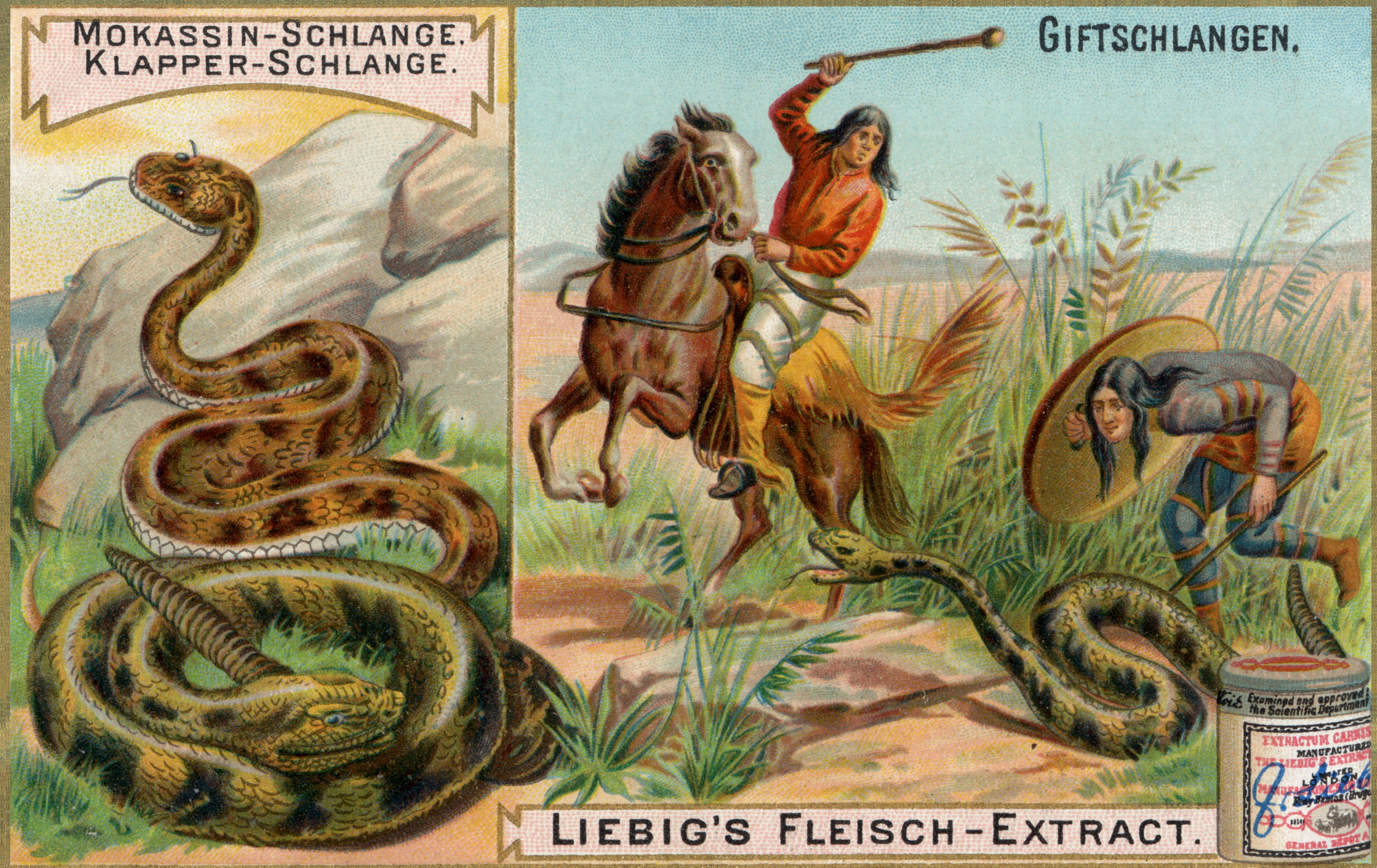
Water Moccasin and Rattlesnake
Last summer the word was passed to most of the river fishermen to "swat the water snake." It is
understood that a movement is to be inaugurated among the Boy Scouts to help eradicate this
menace, beginning with the opening of next spring.
The garter snakes are here in small numbers. He is a harmless breed. He is one of the greatest
assets to the small gardener and the potato grower. It is a fact that this harmless crawling
creature will destroy all sorts of slugs, and the spawn and grubs laid upon leaves by the fly
and miller agencies. There are none of the bright-hued garter species to be found around Reno
or environs, neither are the wood varieties so plentiful almost every other place in this country.
William MacLeod Raine's Introduction to
"Winslow's Ship Stood Still"
Oakland Tribune, February 25, 1923
by William MacLeod Raine
WILLIAM MacLEOD RAINE, famous American writer, author of successful novels of the West, has penned the following tribute to Jack Bell, author of the Air Line articles appearing in The Oakland Tribune:
JACK Bell of the Frontier!
There it is in a word.
For Jack Bell typifies that quest for high adventure, for the conquest of the wilderness, that is the soul of the West.
In the days of his youth the dry and thirsty desert, the lands of the high snow peaks, were trumpet calls to the eager hearts whose eyes turned always to the frontier.
Jack answered that call.
He has been answering it ever since.
For Jack Bell is your true soldier of fortune.
He has always been on the edge of civilization and beyond, tramping blithely wherever there was a promise of hardship or danger,
of colorful drama in the borderlands where life was turbulent and young.
As a lad he followed the shining rails of steel to the camps known temporarily as "end of the road."
He was telegraph operator, railroader, lumberjack, bartender, cowpuncher, prospector.
In two wars he put on the khaki and went through.
There is no city in this country or Canada where he is not known.
He has mushed in Alaska and hiked through the hills of Mexico.
With a burro as companion he has broken new trails in almost every state of the West.
Cripple Creek and Goldfield were his habitat when the names stood for all the riotous and picturesque vitality of new mining camps.
He has seen and been a part of the vanishing West, of the transition from the nineteenth to the twentieth century in the
land of wide sun-and-windswept spaces.
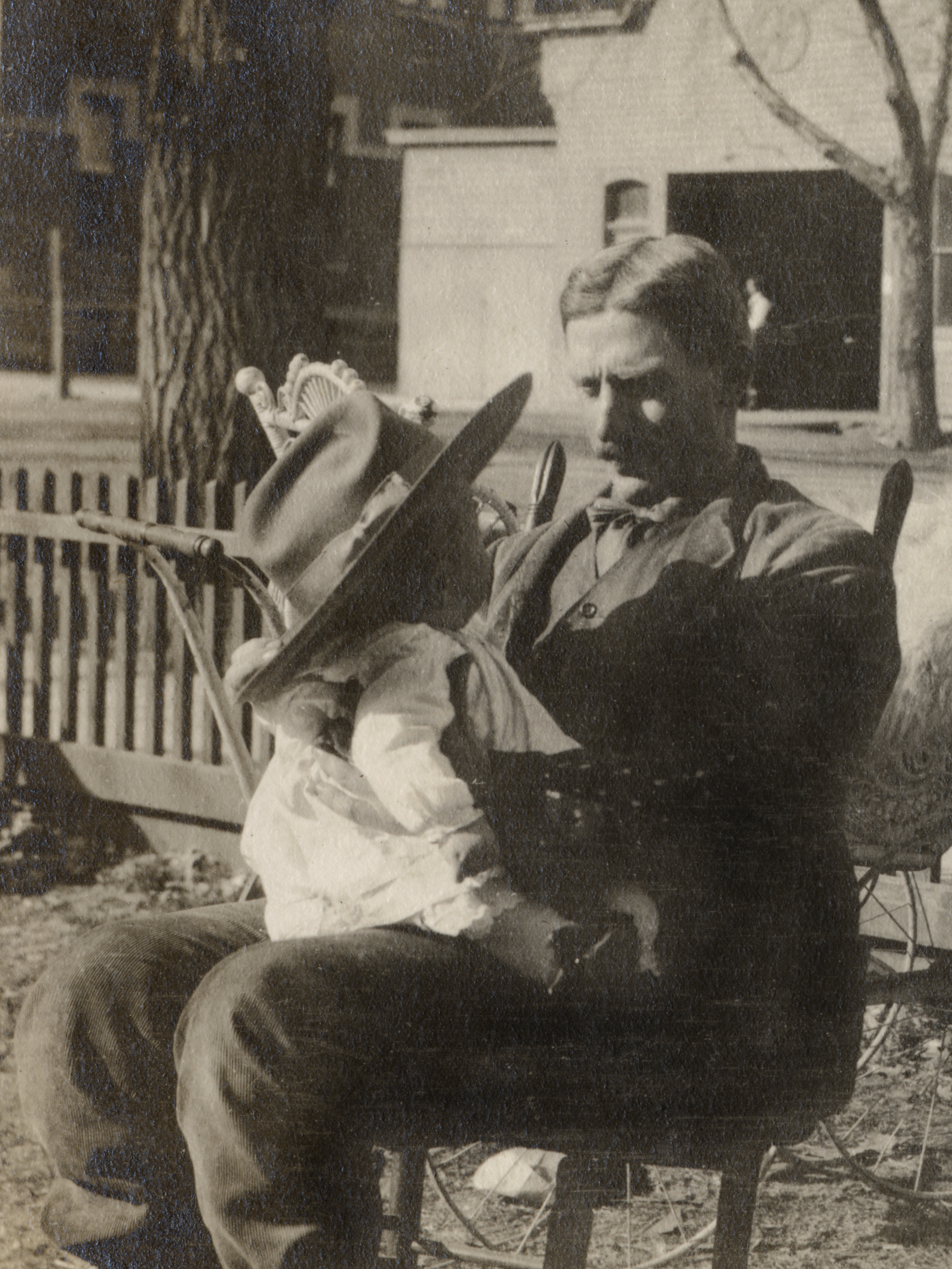
John Bradley Evans Bell holding his son, Bradley Evans Bell
To look once at Jack Bell is to place him instantly.
The sun-browned skin, the compact strength of the lithe, graceful body, the cool grey-blue eyes that can be warm or chill and hard as steel, mark him for an outdoor man
who has lived long alone among the high pines with the stars for a roof.
As much as any man, I know he looks the part.
But he is more than a soldier of fortune.
Always in his wanderings he has carried with him another Jack Bell, one who loved birds and trees and little chipmunks and sunsets in the high hills.
He can tell you all about ptarmigan in the white snow reaches of the peaks.
He can talk by the hour of the habits of beaver and blue jay and mountain sheep, and he is always interesting, because the thing he knows has come to him from
first hand observation.
For Jack is a born naturalist.
He keeps diaries in the long months when he is prospecting in the hills with only a burro for a companion.
(By the way, you should hear him talk about the burro if you want to understand the man.
I have heard men talk with the same affection about their dogs, but nobody else in that way of the lowly and despised burro.)
His diaries are full of notes of the things he sees, and what he sees are the things that the rest of us ought also to see, but do not.
[Note: Jack Bell's will asked for his diaries to be burned]
For Jack comes to Nature with the same simple and open mind that Muir and Burroughs brought to it.
It is the inquiring mind of a child, plus the trained one of a scientific observer.
He studies patiently, always observing and classifying.
So he makes his theories fit his facts rather than the reverse.
A man worth knowing, this Jack Bell of the Frontier - worth knowing both in his own person, and in the stuff he writes.
There are few of his type left.
In the not distant future, the last of them will have vanished.
 Copyright © 2021, Mary S. Van Deusen
Copyright © 2021, Mary S. Van Deusen



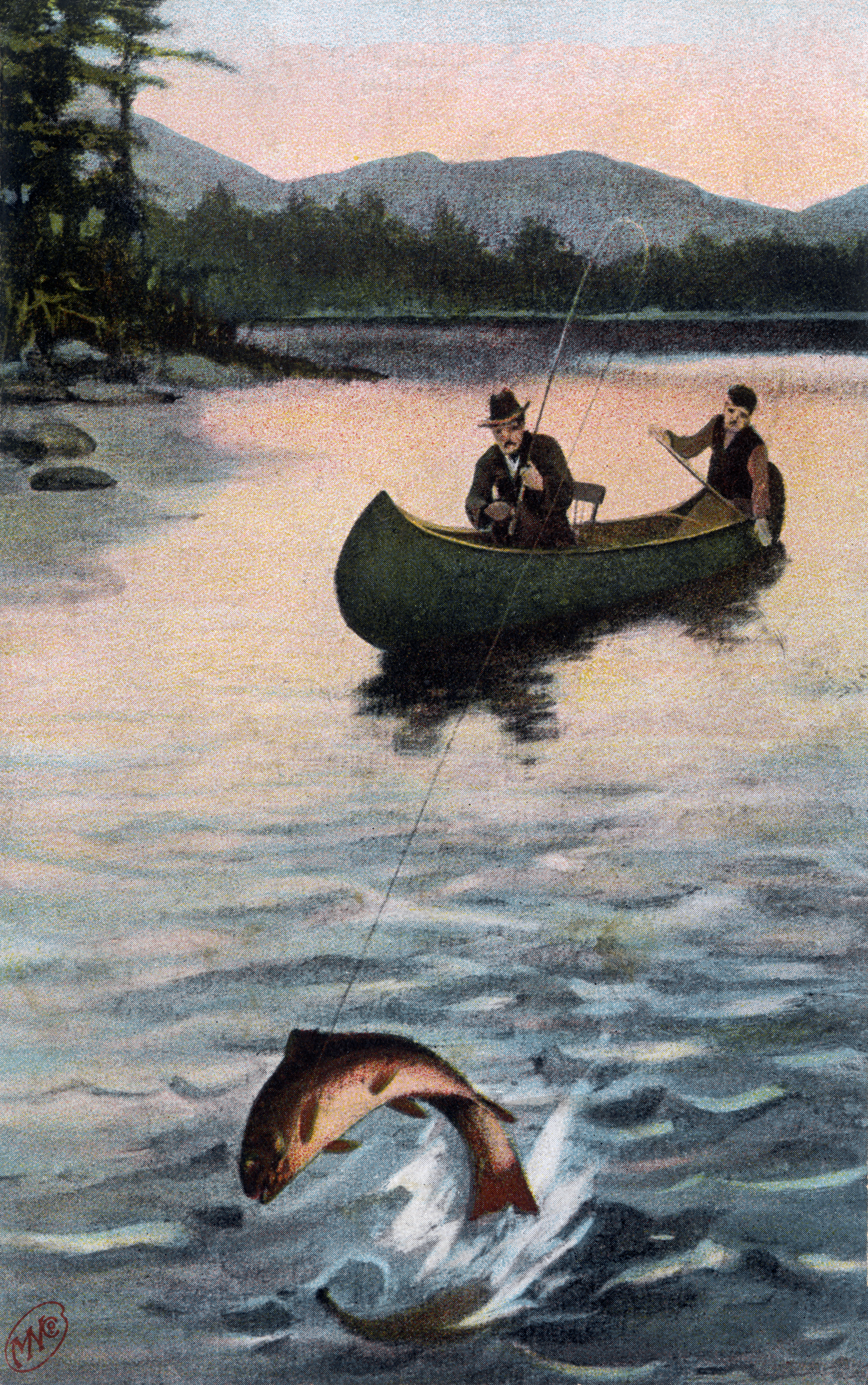
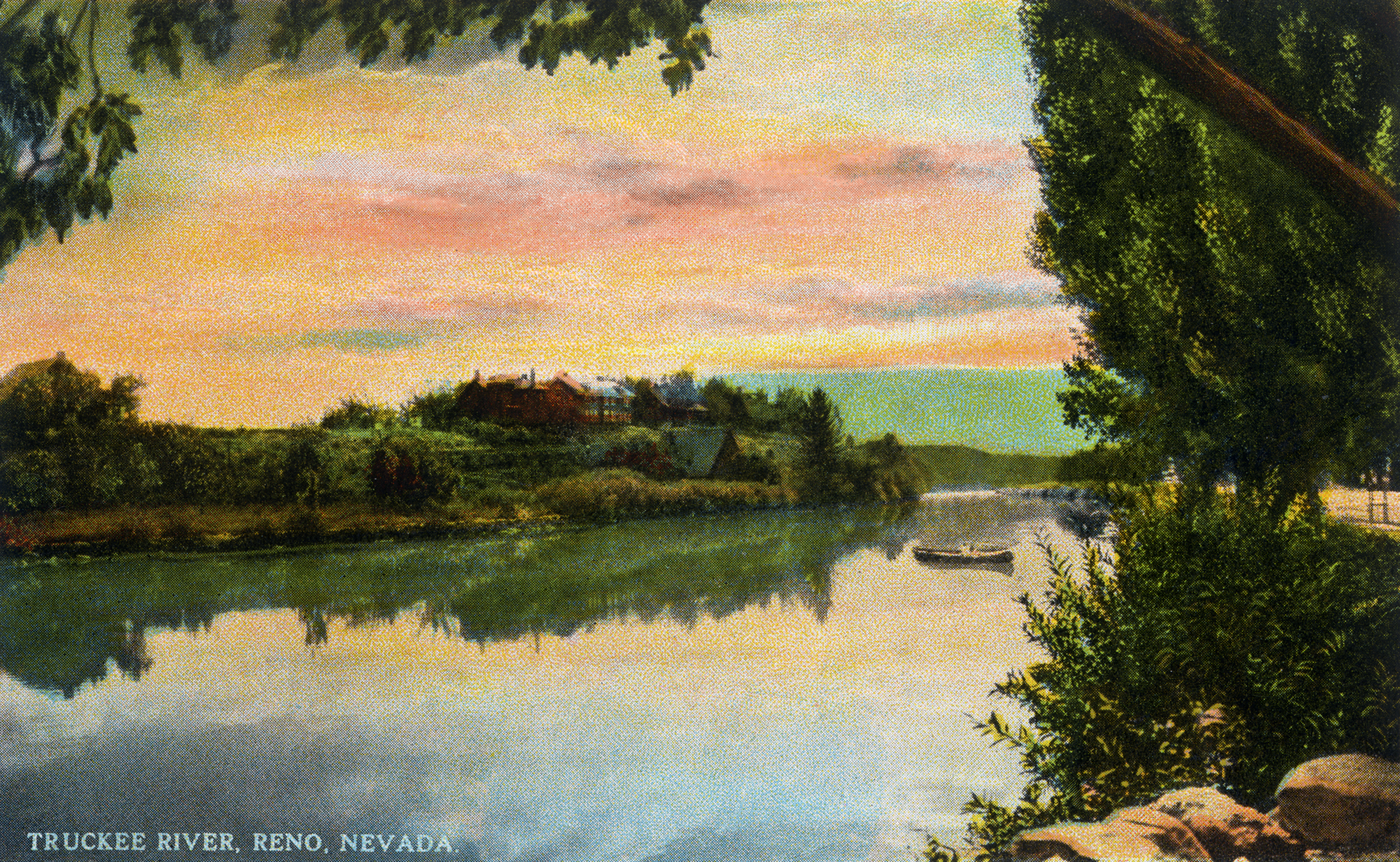
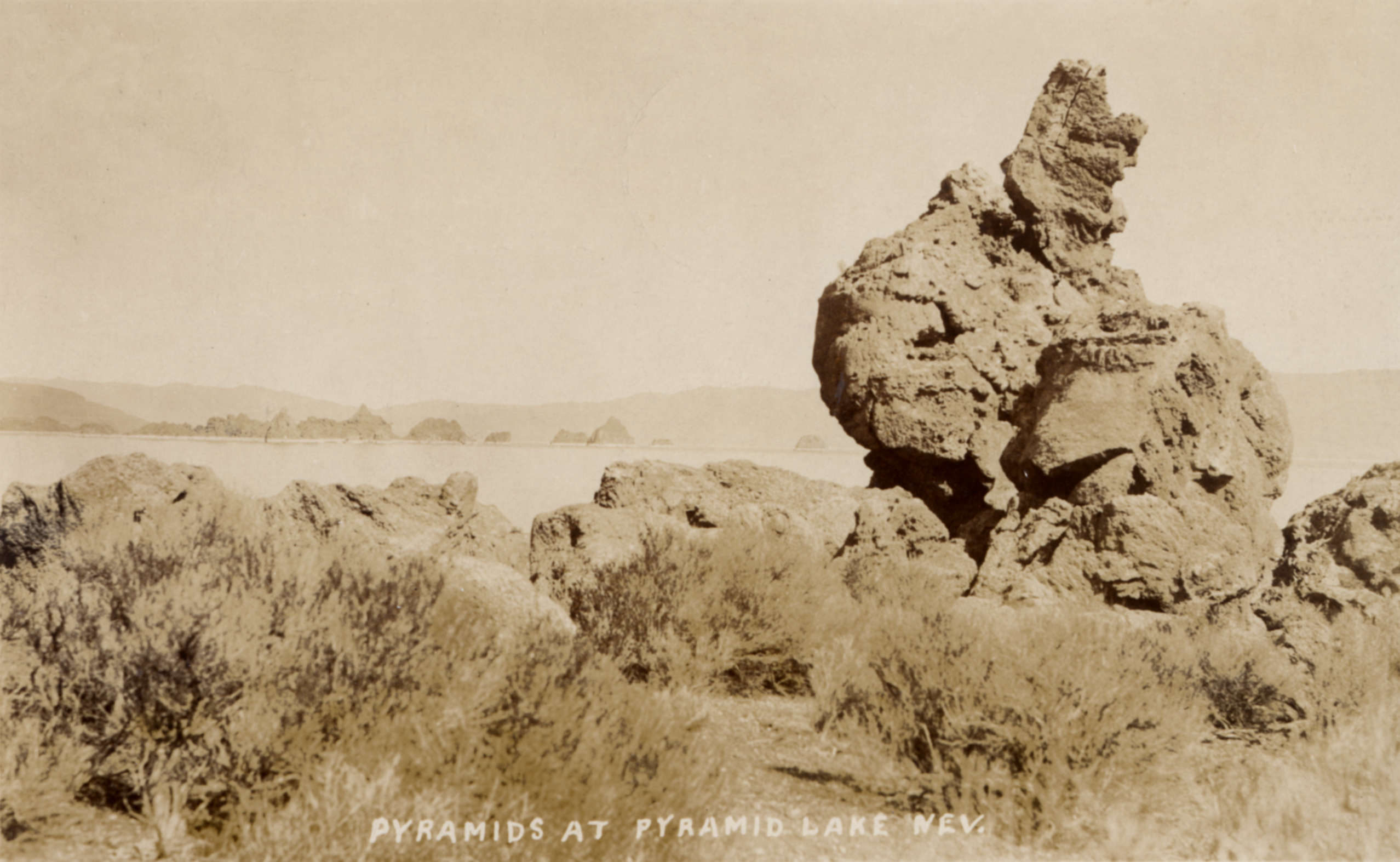

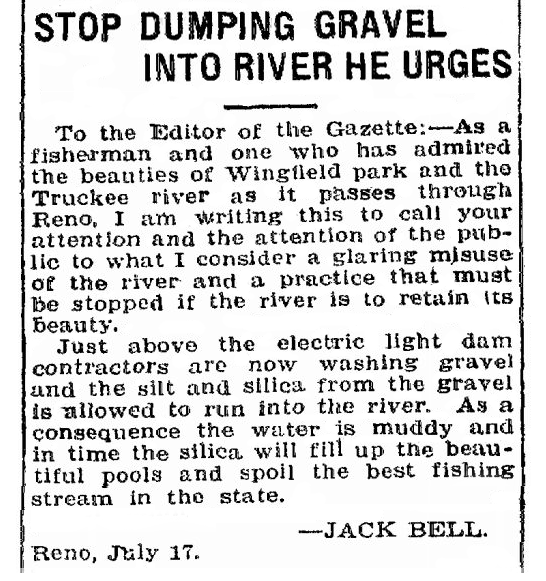

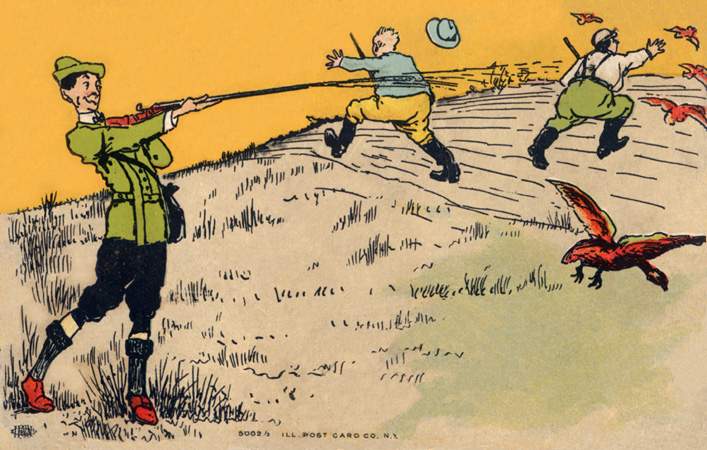


 Copyright © 2021, Mary S. Van Deusen
Copyright © 2021, Mary S. Van Deusen